In the era of bell-bottoms, disco, and Watergate, a single dollar bill possessed purchasing power that seems almost mythical by today’s standards. While inflation has steadily eroded the value of a dollar over the decades, the 1970s represent a particularly stark contrast to our current economy. What one dollar could buy during the Nixon and Carter administrations would often require five to seven dollars today. Beyond the raw economics, there’s something culturally fascinating about what Americans considered reasonable pricing during this pivotal decade. Let’s take a nostalgic journey through some of the most mind-boggling dollar purchases from the 1970s that highlight just how much our economy has transformed in the intervening years.
1. Four Gallons of Gasoline

Perhaps nothing illustrates the economic transformation more dramatically than fuel prices. In the early 1970s, before the OPEC oil embargo sent prices soaring, a gallon of gasoline typically cost around 25 cents. Even after the energy crisis, prices rarely exceeded 60 cents per gallon through most of the decade. This meant a single dollar bill could purchase enough fuel to travel roughly 60-80 miles in the average car. As recounted by Smithsonian Magazine, Americans will remember the gas crisis of the ’70s, and how far things came since then.
The implications of such affordable energy extended far beyond transportation costs, shaping everything from suburban development to manufacturing. While gasoline prices have fluctuated dramatically in recent decades, they’ve never returned to anything resembling 1970s levels. Adjusted for inflation, those 25-cent gallons would cost approximately $1.75 today—but actual prices have outpaced even inflation, making the prospect of filling your tank for a few dollars seem like something from science fiction rather than recent history.
2. Ten McDonald’s Hamburgers (On Special)
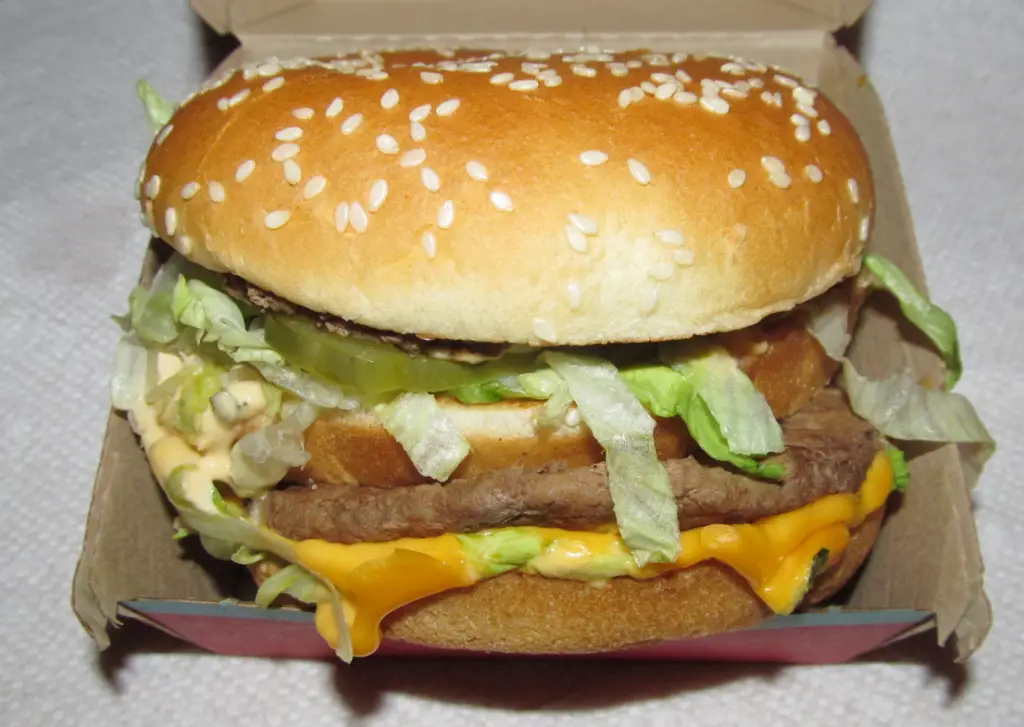
In the early 1970s, McDonald’s regularly ran promotions offering their basic hamburgers for just 10 cents each, meaning a dollar could buy enough burgers to feed a small gathering. Even at regular pricing, their standard hamburgers cost approximately 20-25 cents for most of the decade. These weren’t the Quarter Pounders or Big Macs (which themselves cost around 65 cents), but the original small hamburgers that helped build the McDonald’s empire. Business Insider takes a bite out of some surprising facts about the McDonald’s burger.
These promotions were so memorable that many Baby Boomers recall their parents piling kids into station wagons specifically to take advantage of these deals for family dinners. While fast-food chains still offer dollar menu items today, the portion sizes and quality have changed significantly. The purchasing power of that single dollar—able to provide multiple family members with dinner—represents a fundamental shift in American food economics that goes beyond simple inflation.
3. Three Loaves of Wonder Bread
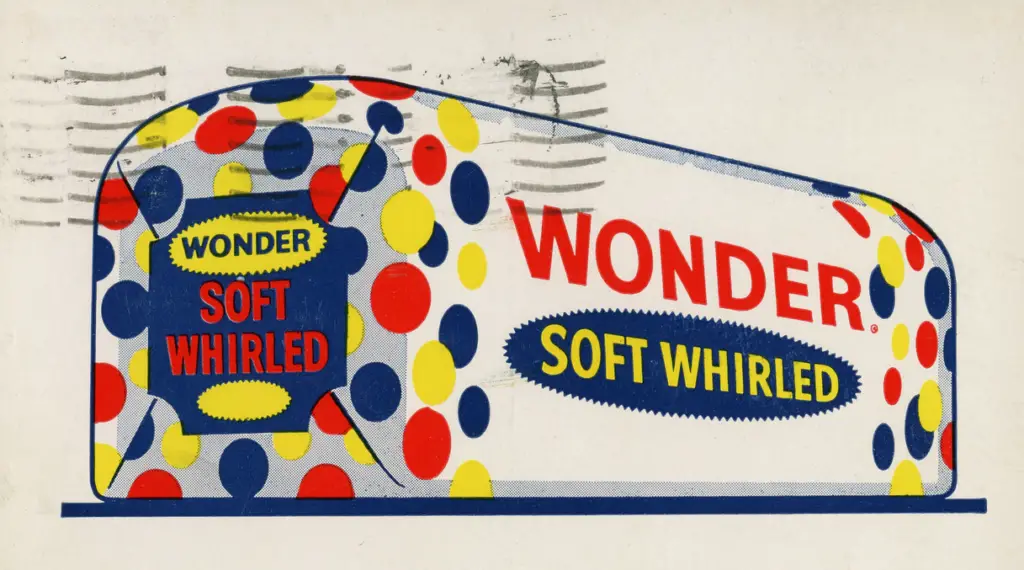
A staple of American households, a standard loaf of white bread cost approximately 25-35 cents throughout most of the 1970s. This meant a single dollar bill could purchase enough bread for a large family to make sandwiches for an entire week. Wonder Bread, with its distinctive packaging featuring primary-colored balloons, dominated the market with its promise to “build strong bodies 12 ways.” And, of course, as recounted on Telling Life Stories, the bags were great for staying warm while spending all day outside for a snow day.
The relatively low cost of staple foods compared to wages meant that grocery budgets stretched significantly further than they do today. While nutrition science has evolved considerably since the days when enriched white bread was considered a health food, the economic reality remains striking—basic food items consumed a much smaller percentage of the average American family’s income than they do now, particularly for lower-income households.
4. Twenty Candy Bars (At Many Stores)
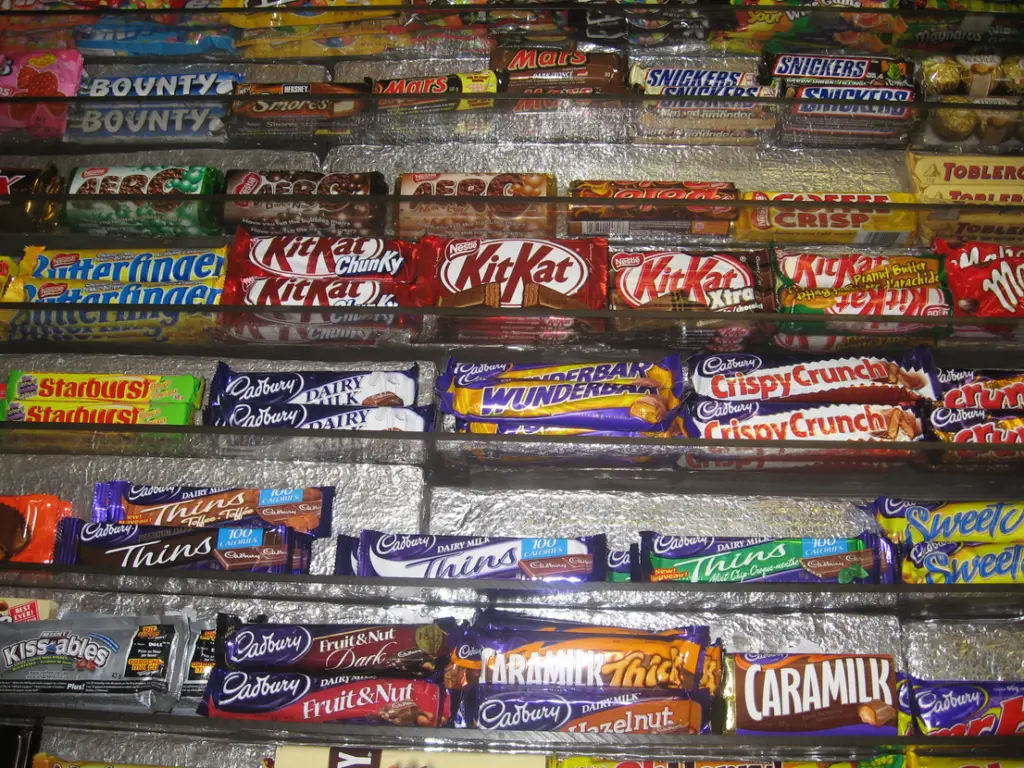
Throughout much of the 1970s, standard candy bars like Hershey’s, Baby Ruth, or Snickers typically cost just 5 cents, with premium offerings reaching 10 cents by mid-decade. A single dollar could purchase enough chocolate to cause a significant sugar rush or supply an entire classroom with treats. Even by the late 1970s, as prices crept upward, most candy bars remained under 15 cents.
The candy industry had not yet fully embraced “king-size” marketing or premium ingredients that would later drive prices higher. A candy purchase represented a small treat rather than a significant expenditure, allowing even children with modest allowances to regularly enjoy these sweets. The psychological difference between a 5-cent impulse purchase and today’s $1.50-$2.00 candy bars has fundamentally changed our relationship with these once-affordable indulgences.
5. Six to Eight Comic Books
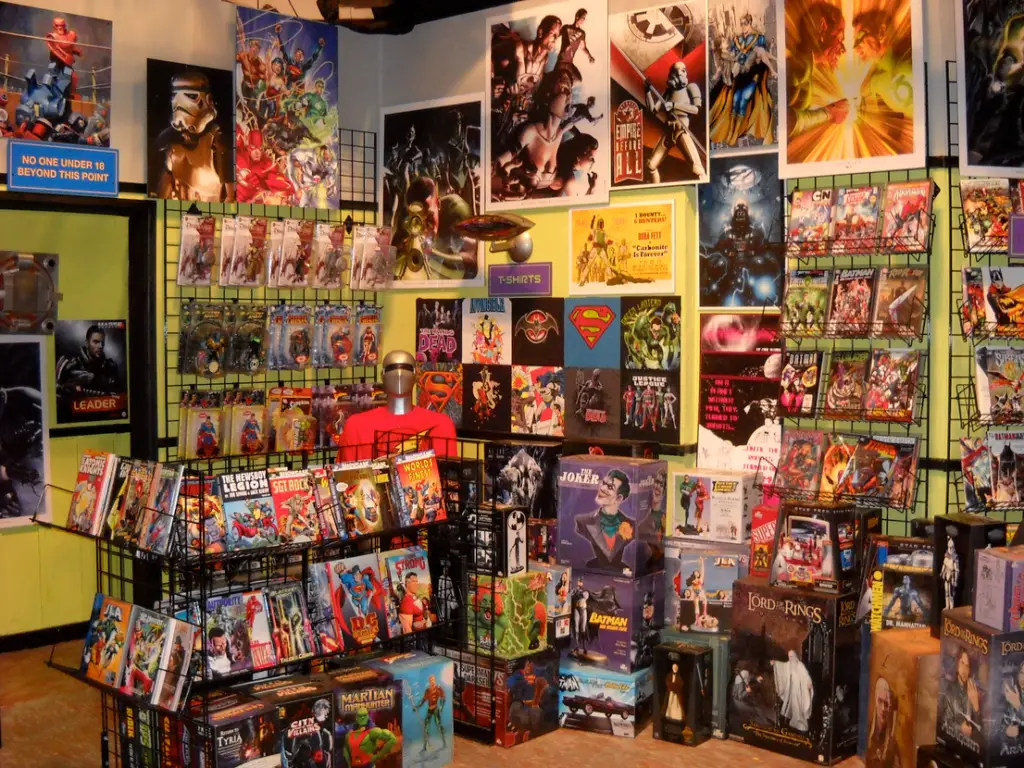
For young readers in the 1970s, comic books represented an affordable entertainment medium with most titles priced between 15-20 cents at the beginning of the decade, eventually rising to around 30-35 cents by 1979. Marvel and DC’s biggest titles—featuring Superman, Spider-Man, and other iconic characters—remained accessible to children’s allowances, with a dollar allowing purchase of a substantial reading collection.
The accessibility of comics contributed significantly to their cultural impact, with readership numbers reaching millions for popular titles. The economics of publishing have shifted dramatically since then, with today’s standard comic books priced around $3.99-$4.99, representing a price increase that significantly outpaces inflation. What was once a casual weekly purchase for many children has become a more significant investment, fundamentally changing the relationship between young readers and this storytelling medium.
6. Four Bottles of Coca-Cola (Plus Deposit Return)

The iconic glass bottles of Coca-Cola cost approximately 15-20 cents each throughout much of the 1970s, with an additional 5-cent deposit that could be reclaimed by returning the bottle. This meant a dollar could purchase four refreshing drinks, with the potential to reclaim 20 cents when the bottles were returned—enough for a candy bar or other small treat.
The deposit system represented not just an economic exchange but an environmental approach fundamentally different from today’s single-use culture. Children often supplemented their incomes by collecting discarded bottles specifically for the deposit return. The pricing structure made soft drinks an occasional treat rather than the everyday beverage choice they would later become, with the average American consumption of soda being significantly lower than in subsequent decades.
7. Twenty Plays on Arcade Games

While video arcades wouldn’t reach their golden age until the late 1970s and early 1980s, pinball machines and early electronic games were fixtures in many businesses throughout the decade. Most games cost just 5 cents per play at the decade’s start, with some premium or newer machines charging 10 cents. A single dollar bill fed into a change machine could provide an afternoon of entertainment.
This pricing structure made arcades accessible social spaces where young people could gather inexpensively. As the decade progressed and more sophisticated games emerged, prices gradually increased to 25 cents per play for cutting-edge titles like Space Invaders (released in 1978). Even then, a dollar still provided meaningful entertainment time that could potentially stretch for hours if one was skilled enough to earn free replays—a stark contrast to today’s $1-$2 per play standard.
8. Admission to a Matinee Movie (In Many Theaters)

In many American towns and suburbs, catching an afternoon movie cost between 75 cents and a dollar for most of the 1970s. Even evening showings often ran only $1.50-$2.00, making cinema an accessible entertainment option for nearly all economic classes. Blockbusters like “Jaws” and “Star Wars” could be experienced for what would now barely cover the sales tax on a modern ticket.
The movie theater experience itself differed significantly—single-screen theaters dominated rather than multiplexes, concessions were more reasonably priced, and seeing a film represented a complete entertainment experience without the expectation of purchasing premium formats, upgraded seating, or enhanced concessions. For many Americans, weekly moviegoing was standard practice rather than an occasional splurge, fundamentally changing the relationship between audiences and cinema.
9. Ten First-Class Postage Stamps

The cost of mailing a letter first-class stood at just 8 cents in 1971 and increased gradually to 15 cents by 1979. This meant a dollar could purchase enough postage to mail approximately ten letters at the beginning of the decade and six or seven by its end. Personal correspondence through physical mail remained the primary method of long-distance communication for most Americans.
The relative affordability of postage meant that regular letter writing was economically accessible to virtually everyone, fostering a culture of written communication that has largely disappeared. While inflation-adjusted pricing suggests stamps have roughly maintained their value over time, the cultural significance of mail has transformed dramatically with the advent of digital communication options. The ten stamps a dollar could purchase represented not just postage but a primary communication channel.
10. Five to Six School Lunches

Throughout much of the 1970s, a standard school cafeteria lunch cost between 15-25 cents, depending on the district and whether any subsidies were applied. This meant a single dollar could purchase nearly a week’s worth of hot lunches for a child. The National School Lunch Program expanded significantly during this decade, making nutritious meals accessible to millions of American children.
The economics of school food service have changed dramatically, with today’s unsubsidized lunches typically costing $2.50-$3.50. This shift reflects not just inflation but changing expectations about food quality, nutrition standards, and labor costs. For many families in the 1970s, the affordability of school lunches represented one less financial pressure in household budgeting—a stark contrast to today’s debates about school lunch debt and affordability.
11. Twenty-Five Xerox Copies
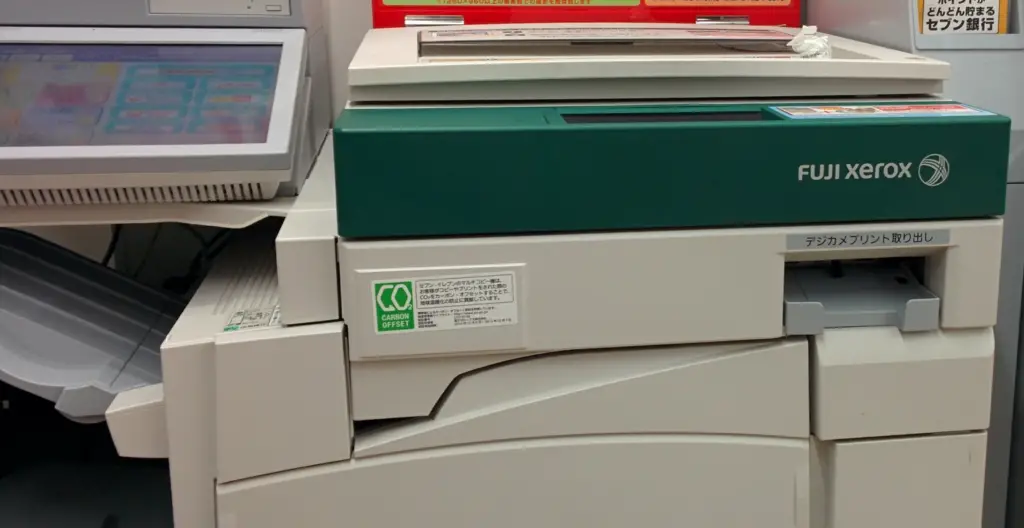
For students, professionals, and anyone needing to duplicate documents, copy machines represented revolutionary technology that became increasingly accessible throughout the 1970s. While early decade pricing sometimes reached 10 cents per copy, competitive pressures had driven the standard price down to just 5 cents per page at many locations by the mid-1970s. A single dollar could produce enough copies for a substantial report or handout.
The democratization of document reproduction technology fundamentally changed information sharing in business, education, and social movements. Prior to affordable photocopying, information duplication required significantly more resources or specialized equipment. While digital technology has now largely replaced physical copying, the 1970s represented a crucial transition period when information reproduction became accessible to the masses at these remarkably low price points.
12. Four Packs of Cigarettes

While cigarette prices varied by state due to different tax structures, many states offered packs for around 25 cents through the early 1970s, with prices rising to approximately 45-60 cents by decade’s end. This meant a dollar could purchase four packs in some markets—the equivalent of 80 cigarettes. Even in higher-priced markets, a dollar would buy at least two packs throughout most of the decade.
The relatively low cost of cigarettes contributed to America’s high smoking rates during this period, with nearly 40% of adults identifying as smokers. When adjusted for inflation alone, 1970s cigarette prices would translate to approximately $1.75-$3.50 today. However, actual prices have increased far more dramatically due to taxation policies specifically designed to discourage consumption, with the average price now exceeding $7 nationwide and reaching over $12 in some markets.
13. A Decent Used Vinyl Record (From Bargain Bins)
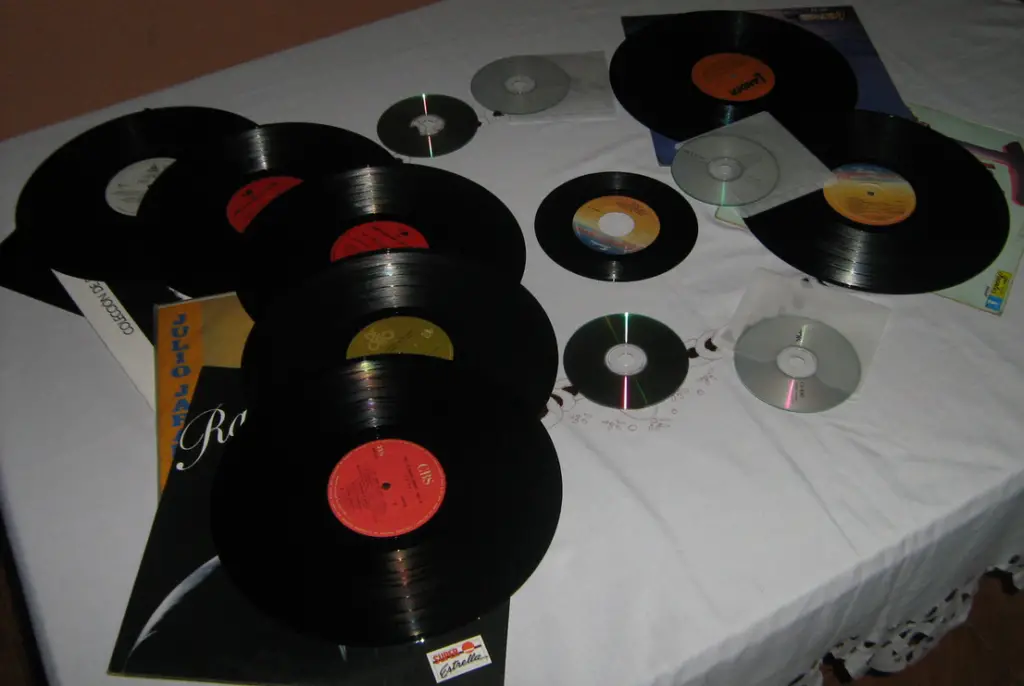
While new-release albums typically cost between $3.98-$5.98 during the 1970s, record stores commonly maintained dollar bins filled with perfectly playable used records, overstock, or less popular titles. These bargain sections allowed music lovers to discover jazz, classical, comedy, or older pop releases at dramatically reduced prices. A single dollar could purchase an entire album containing 30-45 minutes of music.
For many teenagers and young adults, these budget bins provided an accessible entry point to musical exploration without significant financial investment. The physical nature of these products—substantial 12-inch vinyl discs with large-format album art—made them seem like particular bargains compared to today’s world where physical music media has largely become a premium or collector’s product rather than the standard music consumption format.
14. Ten Pounds of Potatoes

Throughout much of the 1970s, a 10-pound bag of potatoes typically cost between 90 cents and $1.10, making it possible to purchase this kitchen staple with a single dollar. This substantial quantity could provide the foundation for numerous family meals, from breakfast hash browns to dinner side dishes. The affordability of such staple foods meant that home-cooked meals remained economically advantageous compared to restaurant dining.
Agricultural productivity combined with different distribution systems kept prices remarkably low by today’s standards. While modern supermarkets occasionally offer loss-leader specials approaching these prices, the standard cost for the same quantity would now typically range from $4-$7. This price differential reflects not just inflation but changes in farming practices, transportation costs, retail markup structures, and consumer expectations about produce quality and variety.
The purchasing power of a 1970s dollar illustrates more than just economic statistics—it reveals fundamental differences in lifestyle, consumption patterns, and value perceptions. While inflation calculators tell us that a 1970 dollar would be worth approximately $7.20 today, the actual comparison feels even more dramatic when examining specific products and services. Many items have increased in price far beyond the general inflation rate, particularly in categories like education, healthcare, housing, and entertainment. This retrospective not only induces nostalgia but raises important questions about how our economy has evolved and which changes have genuinely benefited consumers versus simply shifting spending patterns. While we’ve gained technological advances unimaginable in the 1970s, the simple purchasing power of a single dollar bill remains something many Americans would love to experience just one more time.


